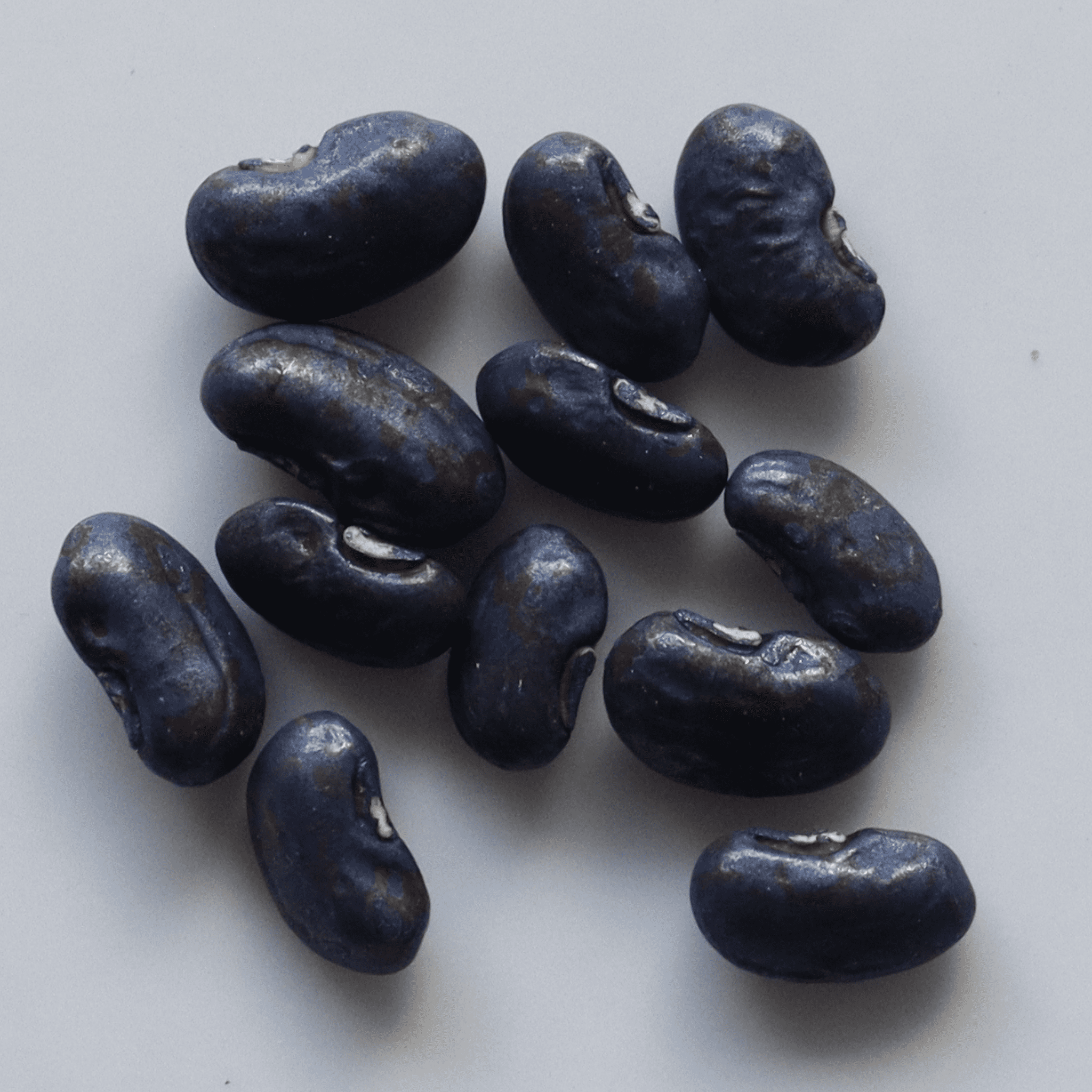

Product Description - Organic Yard Long Beans Seeds - Open Pollinated
Yard Long Beans Seeds are Tender annual Pole, a fast-growing, high-yielding vining bean from subtropical Asia that thrives in the sun. Every plant produces slender, dark green pods containing 10-20 seeds. These sweet, crunchy pods are stunningly stringless and special.
Legumes are a definitive source of calcium and iron and add nitrogen to the soil. They are tall climbing plants with a life span of less than a year. Many pollinators, such as ants, attract the plant. Long Beans take a longer time to mature.
Benefits/Uses of Yard Long Beans
-
One of the ancient cultivated crops is yard-long beans. One of the very low-calorie vegetables is young, immature pods; 100 g of beans produce only 47 calories.
-
The pods contain significant amounts of soluble and insoluble fibres. In the diet, ample dietary fibre is obtained as the green pod is consumed as in green beans. By decreasing the reabsorption of cholesterol-binding bile acids in the colon, fibre-rich food has also reduced LDL-cholesterol levels.
-
One of the most acceptable sources of folate is fresh yard-long beans.
-
Fresh beans provide a decent amount of vitamin C and help develop immunity to battle diseases, preserve blood vessel elasticity, and provide some cancer defence when adequately given in the diet.
-
Besides, long beans are excellent sources of vitamin-A because they preserve the quality of the mucosa, enhance the complexion of the skin, and improve night vision.
-
Average quantities of minerals including iron, copper, manganese, calcium, magnesium are also given by yard long beans.
Specifications of Yard Long Beans seeds
|
Common Name |
· Long-Podded Cowpea · Asparagus Bean · Snake Bean · Chinese Long Bean |
|
Sunlight |
Full Sun |
|
Water |
Avoid overhead watering |
|
Temperature |
60-85 degree |
|
Soil |
well-drained soil with nutrients |
|
Fertilizer |
Fertilizer usually is not needed at planting, but keep in mind that beans have a low to moderate need for nitrogen fertilizer |
|
Germination |
6-12 days |
|
Harvest Season |
Can be harvested in 70-90 days counting from planting Warm season |
| No. of seeds | 12 |
Planting and care of Yard Long Beans
Sowing Yard Long Beans seeds
-
Long beans grow in heat and humidity and should be directly sown when the weather is mild, and the soil temperature is at least 75 degrees F.
-
Start by sowing seeds one to two inches wide, with a gap between plants of three to four inches.
-
·Ensure the soil is fertile and thoroughly worked; Yard Long will withstand acidic soils and need maximum sunlight. Water them often in such a way that they do not wilt in the light.
-
Due to the nature of the vine, help, such as a trellis, will be required. Pods are growing long and slightly heavy, so that they will need strong support. Creeper nets are ideal for this purpose.
-
Plant the seeds 1" deep.
-
The rows should be 3-4' apart.
-
Keep the soil moist until germination occurs within 7-10 days.
Growing Yard Long Beans
-
To reach maturity, the pods take two to three months, at which stage they should be one to three feet long everywhere.
-
If pods start to reach this size, they should be harvested each day to promote development on the vine.
-
To sustain its vigorous vining habit, this type of bean needs to be trained on trellis-like creeper nets that also work well.
-
Long yard beans prefer elevated temperatures, so security may be required if cold weather threatens.
-
Provided that the pods' growth is stunted by dry weather, water the plants if the soil dries out completely.
-
Look out for aphids, which can be a problem and mites.
Harvesting Yard Long Beans
-
These beans will be ready for harvest approximately 60 days after they are planted.
-
Pick these beans for eating fresh at a length of 15-20" for the best taste and tenderness.
-
Check the vines regularly because the beans proliferate. It is possible to dry fully mature beans and use them as soup beans.
-
When used immediately, fresh beans are best but can be stored for many days in the refrigerator.
Precautions while growing Yard Long Beans
Enable the pods to fully mature on the vine and dry. Take the plants and allow them to continue to dry under shelter if frost or rainy weather threatens before your beans are dry. A successful drying method hangs them from their roots upside down until the seeds rattle in the pods and become hard. 10-15 days later, they ought to be fully dry. Pick the seeds by hand from the pods or place them in a bag and add a heavyweight, thresh them. Store the seeds for up to 3 years in a cold, dry location.
Common problems affecting Yard Long Beans and solutions
Yard Long Beans are affected by damage caused by viruses, including viruses caused by plant pests and also by fungi. By killing infected plant materials and controlling aphids, whiteflies, leafhoppers and beetles that act as virus vectors, virus control is helped. In contrast to Green Bean varieties, Yard Long Beans are often relatively pest-free; however, the bean shoot fly and the bean pod fly can hinder plant growth and pods development. To avoid the propagation of insect species, extract and burn damaged plant materials.
All healthy people can quickly eat long yard beans and plant parts without any reservations. However, people with documented legume immune allergies and G6PD-enzyme deficiency (favism) disease should avoid consuming them.
No. of Yard Long Beans Seeds in a packet - 12










